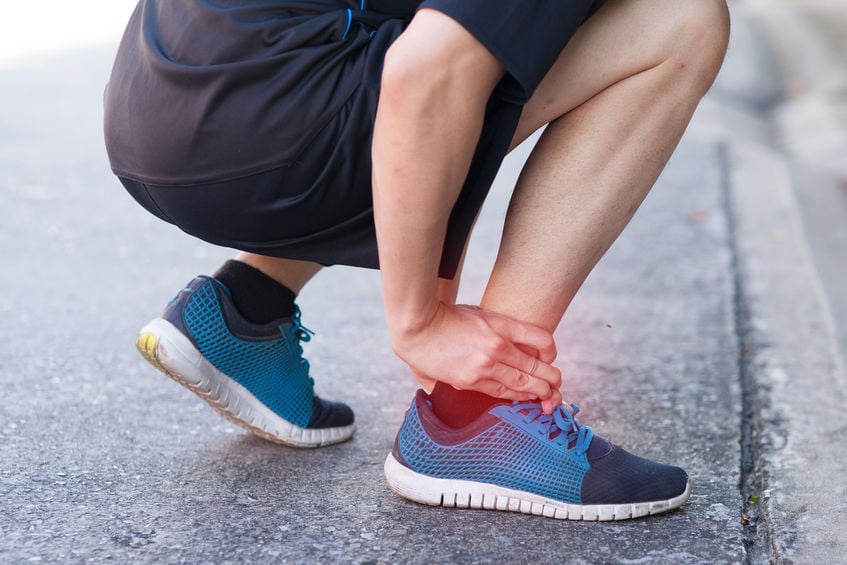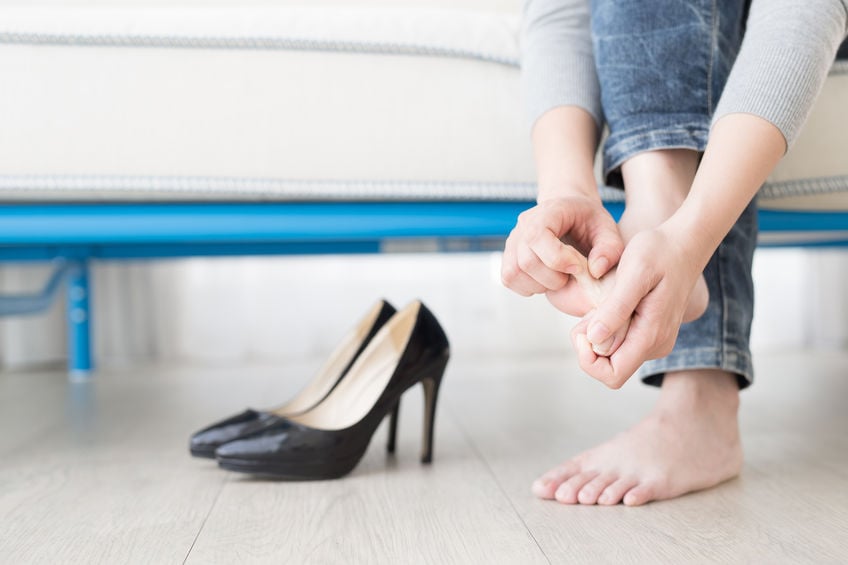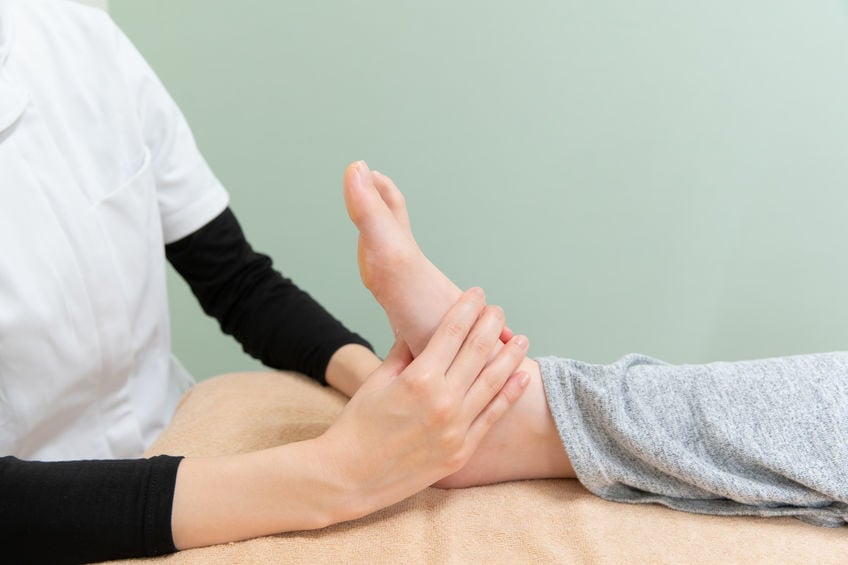A Severe Tendon Injury
The Achilles tendon is a thick band of tissue connecting the calf muscle to the heel. This tendon plays a vital role in running, jumping, and climbing. The Achilles is an extremely strong tendon in the body that is rarely damaged, but some athletes can experience bursitis or tendonitis. These overuse injuries make walking and running painful. In severe cases, a sudden change of direction or collision can cause a tendon rupture. A rupture almost always requires surgery and can take as long as 12 months to recover from fully. After Achilles tendon repair, rest and recovery are crucial in achieving the best outcomes.

Repairing a torn tendon
Achilles tendon repair helps to restore function to the foot by repairing or reattaching the damaged tendon. The surgeon first makes an incision behind the calf. For severe tendonitis, the frayed or damaged tendon is cleaned up and reinforced to the heel. The surgeon will move the tendon back to the correct location for a rupture and reattach the tissue with sutures. For severe cases, a new tendon is used via a graft from another part of the body. The surgeon will use an open procedure or a special minimally invasive technique called percutaneous Achilles tendon repair.
Time for recovery
A complete recovery can take at least 8 months or more if the patient wants to resume sporting activities. After surgery, the patient will spend the next 2 weeks immobilizing the foot in a boot. This stage involves wound healing and pain management. Follow all instructions about resting and elevating the leg while taking pain medication. Bearing weight at this stage is not recommended, so use assistive walking devices. After this period, the stitches are removed or will dissolve. The surgeon will then confirm if the patient can proceed with physical therapy (PT) treatment.
PT is essential
Surgery only fixes the damaged tendon. The patient must then relearn the proper function of the foot and tendon. The goal of PT is to restore mobility, improve the range of motion (ROM), and strengthen the leg. This process can take several months and combines exercises, stretches, massage, balance training, and other techniques. Therapy can take several months, slowly increasing in intensity based on the patient’s response to treatment. Finally, rehabilitation increases intensity, allowing the patient to perform activities to improve speed and change direction.
The power of rest
Physical therapy is arguably the most essential part of the recovery process. However, rest also plays a critical role in healing the tendon. There should be long rest periods between therapy exercises, elevating the foot to improve circulation. Rest ensures the tendon heals properly and minimizes the risk of re-injury. Take frequent breaks as needed and whenever any pain arises.
The steps to success
An Achilles tendon injury is serious, especially if the patient wants to resume sports or other physical activities. A tendon repair is just the start, as the patient will need several months of physical therapy. Between these sessions, rest ensures the patient limits pain and inflammation while encouraging healing. Patients play a crucial role in ensuring all guidelines are followed. By prioritizing rest while ensuring all therapy goals are met, the chances of a full recovery increase significantly.
More Articles from MVSC
December 14, 2023
Ankle pain is common, but sometimes arthritis is at play. An orthopedic surgeon may recommend subtalar fusion for patients.
November 28, 2023
Is bunionectomy a solution for foot pain caused by bunions? Learn about surgical and non-surgical options before a decision.
September 19, 2023
Big toe arthritis can cause severe discomfort if left untreated. Hallux rigidus repair can provide extensive relief for patients.
September 12, 2023
Foot fractures can be debilitating and reduce mobility. Signs can indicate that a fracture is more serious, possibly requiring ORIF surgery.







